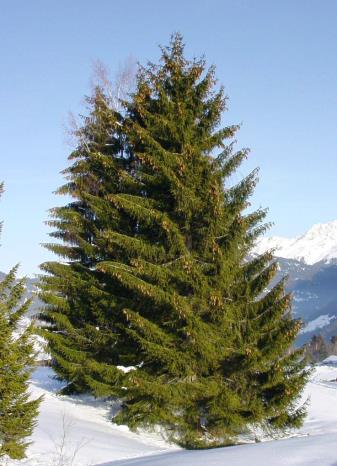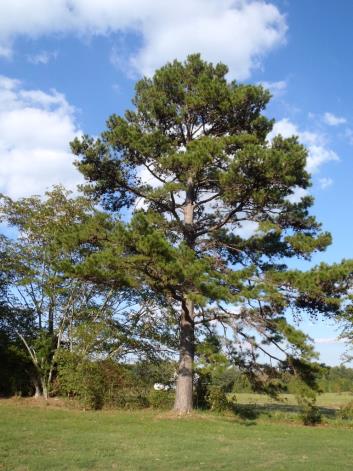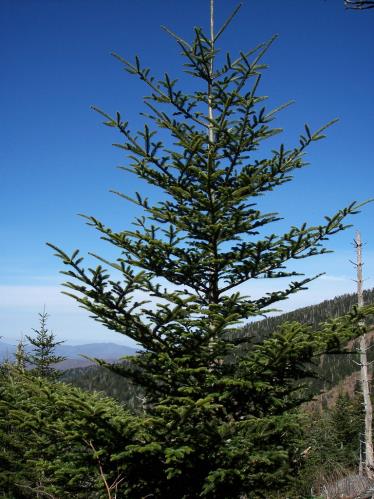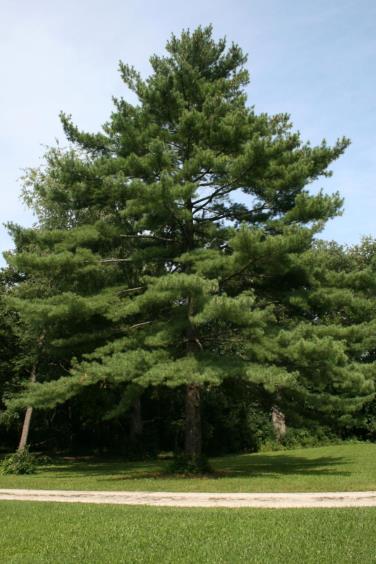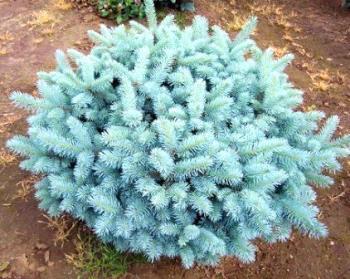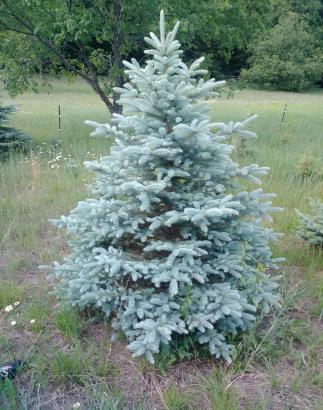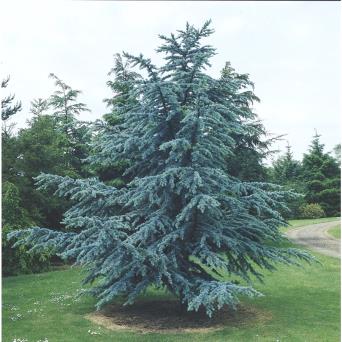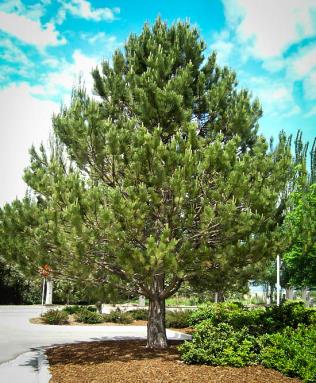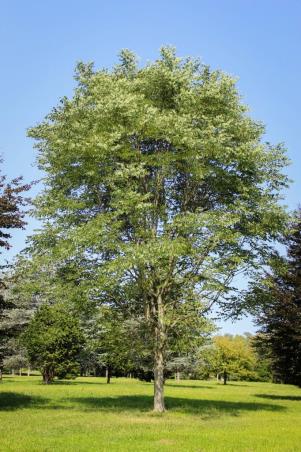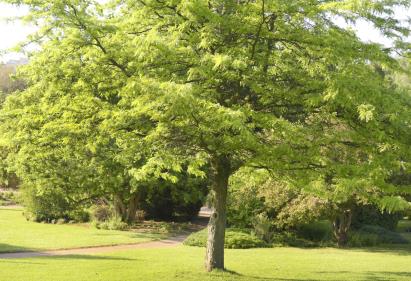Norway Spruce
Like most spruce trees the Norway spruce prefers a cooler climate. This species will grow faster than some of the other spruce, but it is not as desired as some of the others. It works well as a windbreak or a buffer and has moderate tolerance to urban conditions. It can be a wonderful specimen tree for a yard or park.

